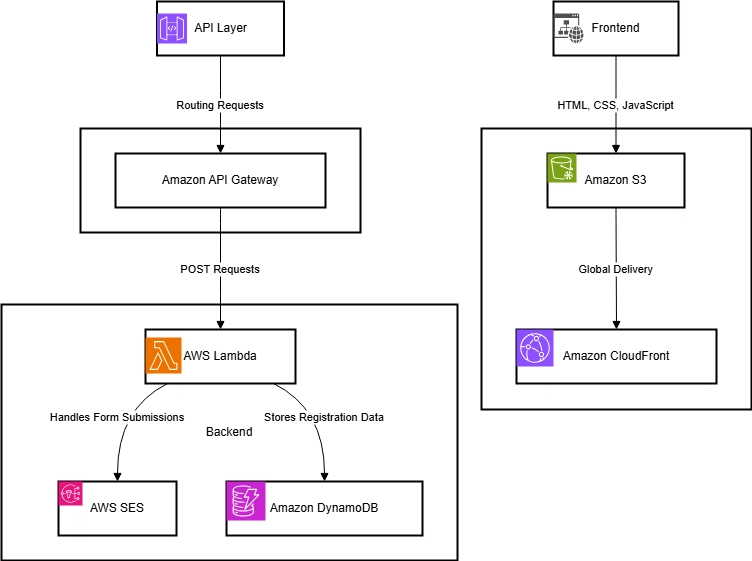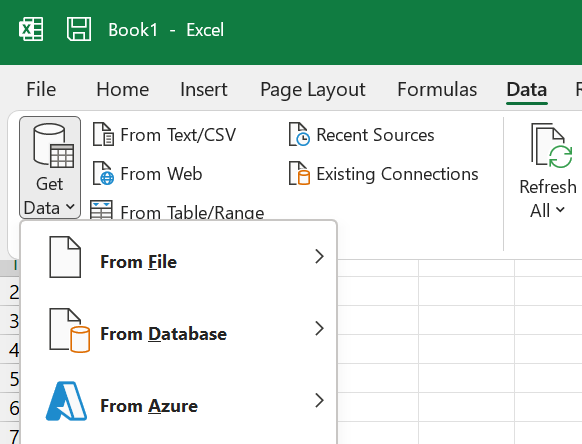Mastering Extension Members in C# 14 — Beyond Extension Methods
C# 14 introduces a powerful enhancement to the concept of extension methods: extension members. This feature allows you to extend not just instance methods, but also properties, indexers, and even static members of a type — with cleaner, more expressive syntax. In this post, we’ll explore: What extension members are How to declare and use them The difference between instance and static extension members A real-world example When and why to use them Motivation — From Extension Methods to Extension Members Before C# 14, we could only extend types with methods using static classes: public static class StringExtensions { public static bool IsNullOrWhiteSpace(this string str) => string.IsNullOrWhiteSpace(str); } Useful? Yes. But limiting — no properties, no indexers, no static-style access. C# 14 changes that with a new syntax: extension(). Syntax Breakdown Here’s the new structure in C# 14: public static class Enumerable { extension(IEnumerable source) { // Instance-like extension members here } extension(IEnumerable) { // Static-like extension members here } } Now let’s walk through a complete example

C# 14 introduces a powerful enhancement to the concept of extension methods: extension members. This feature allows you to extend not just instance methods, but also properties, indexers, and even static members of a type — with cleaner, more expressive syntax.
In this post, we’ll explore:
- What extension members are
- How to declare and use them
- The difference between instance and static extension members
- A real-world example
- When and why to use them
Motivation — From Extension Methods to Extension Members
Before C# 14, we could only extend types with methods using static classes:
public static class StringExtensions
{
public static bool IsNullOrWhiteSpace(this string str)
=> string.IsNullOrWhiteSpace(str);
}
Useful? Yes. But limiting — no properties, no indexers, no static-style access. C# 14 changes that with a new syntax: extension<>().
Syntax Breakdown
Here’s the new structure in C# 14:
public static class Enumerable
{
extension<TSource>(IEnumerable<TSource> source)
{
// Instance-like extension members here
}
extension<TSource>(IEnumerable<TSource>)
{
// Static-like extension members here
}
}
Now let’s walk through a complete example









































































































































































![[The AI Show Episode 146]: Rise of “AI-First” Companies, AI Job Disruption, GPT-4o Update Gets Rolled Back, How Big Consulting Firms Use AI, and Meta AI App](https://www.marketingaiinstitute.com/hubfs/ep%20146%20cover.png)

























































































































![[DEALS] The Premium Python Programming PCEP Certification Prep Bundle (67% off) & Other Deals Up To 98% Off – Offers End Soon!](https://www.javacodegeeks.com/wp-content/uploads/2012/12/jcg-logo.jpg)















































.jpg?#)


































































-Mafia-The-Old-Country---The-Initiation-Trailer-00-00-54.png?width=1920&height=1920&fit=bounds&quality=70&format=jpg&auto=webp#)
-Nintendo-Switch-2---Reveal-Trailer-00-01-52.png?width=1920&height=1920&fit=bounds&quality=70&format=jpg&auto=webp#)























_Aleksey_Funtap_Alamy.jpg?width=1280&auto=webp&quality=80&disable=upscale#)
_Sergey_Tarasov_Alamy.jpg?width=1280&auto=webp&quality=80&disable=upscale#)















































































































![Apple Shares Official Trailer for 'Stick' Starring Owen Wilson [Video]](https://www.iclarified.com/images/news/97264/97264/97264-640.jpg)


![Beats Studio Pro Wireless Headphones Now Just $169.95 - Save 51%! [Deal]](https://www.iclarified.com/images/news/97258/97258/97258-640.jpg)






























































































